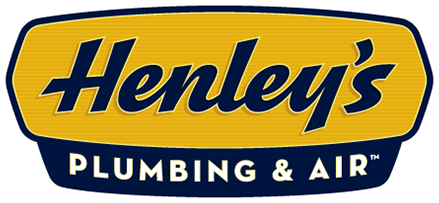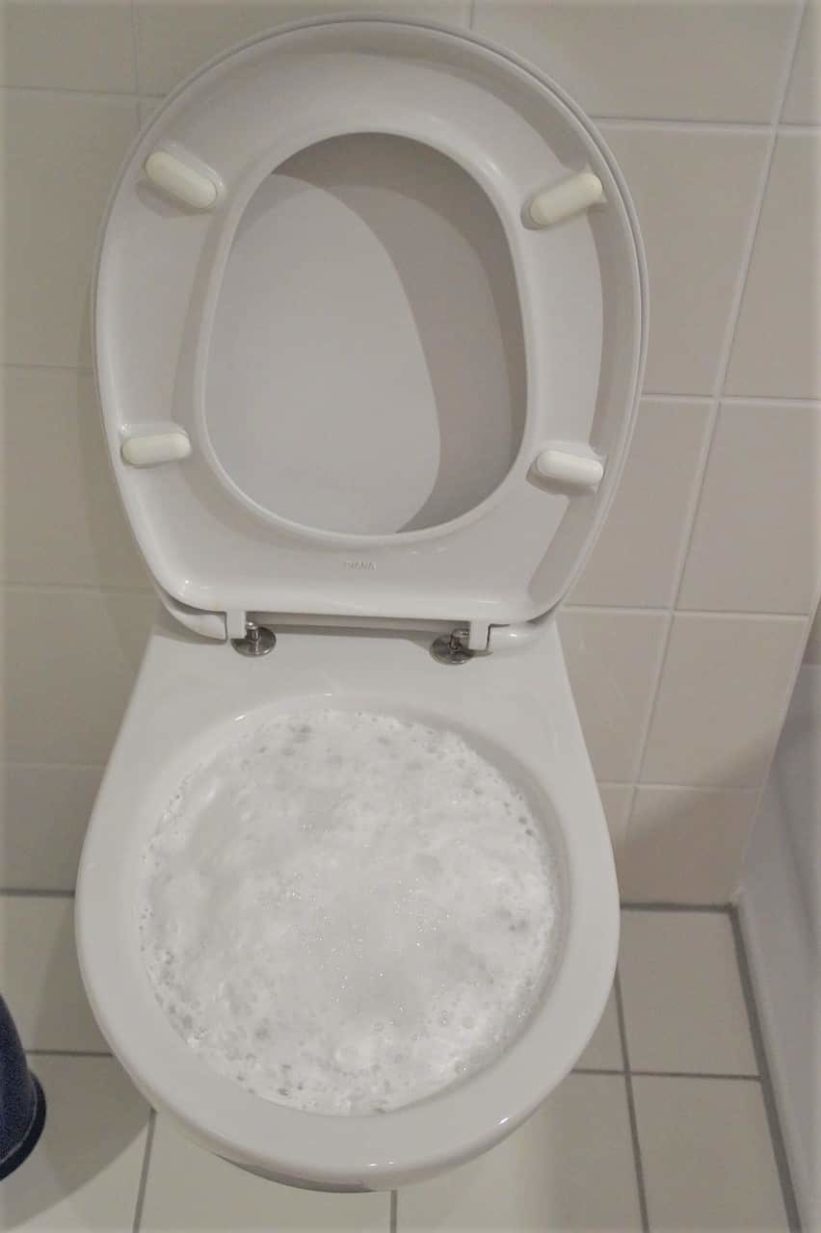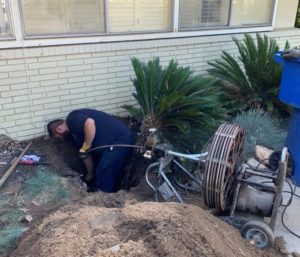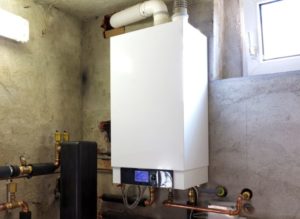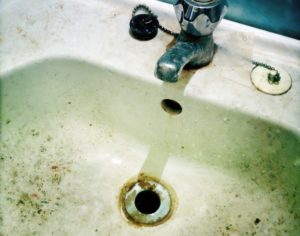Your toilet is one of the most important fixtures in your home. It’s also one of the ones you take for granted the most until it doesn’t work correctly. When there’s an issue with the toilet, your entire household can be thrown into a panic. Even if the toilet works, but doesn’t work well, there may still be chaos. The toilet may not flush well, or it might be too quick. Perhaps you have to flush it more than once to get the job done. While manageable, these issues are still incredibly problematic. What causes these issues in the first place, though? Here are a few of the reasons why your toilet might not be flushing all the way.
Insufficient Water in the Toilet Tank
When you flush your toilet, the water from the tank is released into the bowl. A lot of water is needed for a successful flush. Otherwise, the toilet won’t get as much as it needs. This can result in a weak flush. There’s typically an indicator line inside of the tank that will show you how full it should be. It should be about an inch below the overflow tube. If the water doesn’t reach this mark, it will need to be adjusted.
Damaged Overflow Tube
The overflow tube is the part of the toilet that prevents the tank from overflowing. It leads back into the bowl, directing extra water to avoid this issue. If the tube is cracked or damaged, water will get into it, which can then prevent the tank from filling as it should. Without a full tank, your toilet won’t be able to flush properly.
Loose Chain on the Flush Handle
On the inside of the tank, the flush handle has a chain connected to it. If this chain is loose or stretched out, it will prevent the flapper from staying open long enough to flush correctly. If the chain is broken, it won’t be able to lift the flapper at all.
An Old, Warped Flapper
The flapper is the part inside of the tank that allows the water in the tank to flow into the bowl. This particular piece is made from rubber. It is not impervious to damage. Over time, it can become warped or damaged. This means that it won’t seal properly when it attempts to close. If this happens, the tank won’t be able to refill appropriately.
Buildup in the Inlet Holes
As the water leaves the toilet tank, it goes into the bowl through small inlet holes. These holes are located right under the rim of the bowl. If these holes become clogged, you lose a significant amount of water when you flush. A common cause of clogs is mineral buildup. If you notice that the water flowing into your toilet is minimal, or that it is flowing straight down instead of in a diagonal direction, this can indicate a clog.
The Toilet Itself is Clogged
One of the most common reasons why a toilet doesn’t flush properly is because it’s clogged. You might have to flush the toilet several times to get everything down. They often occur because too much toilet paper was in the bowl. If you have small children, you may have experienced a clog because they decided to let a toy go swimming. Clogged toilets can usually be resolved with a plunger or a toilet auger. If you’re experiencing frequent clogs, however, there could be another issue. Frequent clogs require professional plumbing assistance.
If your toilet isn’t flushing all the way, it’s a clear sign that something is wrong. Rather than merely living with it, a professional plumber can help you to get to the root of the problem and fix it, saving you a lot of time, trouble, and unnecessary frustration.
